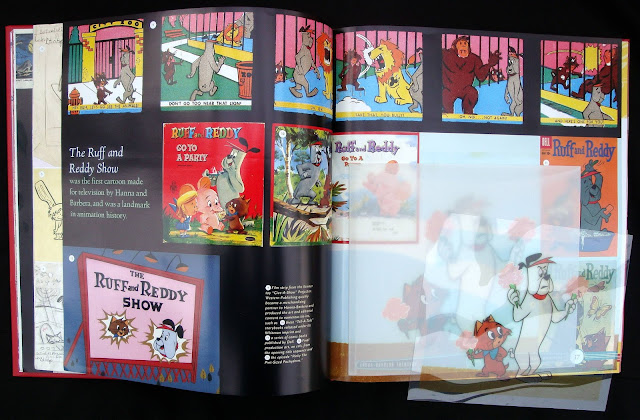+
The author's latest architectural 'Iconic' title considers fifty British houses with twenty-one designed during this century. What I found so fascinating about the selection, especially the more contemporary ones, is how architects have stretched the concept of a house into fresh and original ideas. Future Systems in 1998, Robin Partington, 2007 and Skene Catling de la Pena, 2016, all partially buried their structures into the landscape. Ken Shuttleworth designed Crescent House in 1997 as his home with one side a sensuous curve of floor-to-ceiling glass, Nick Eldridge's 2017 Greenways home is circular and raised above a water feature.
The firm of Witherford Watson Mann in 2012 incorporated the ruins of Astley Castle into a house. An interesting idea because this wasn't to restore the ruins but rather to cleverly include them as part of a new building. Perhaps considered a modern ruin was a redundant concrete reservoir tank that Brinkworth architects in 2011 changed into a two-storey house and still kept some of the building's original concrete supports and ceilings.
Can a house be fun and still be creatively designed? The book has a couple of examples. Jenks and Farrell's 1983 Cosmic House, in London, is full of delightful whimsey in the construction of the ceilings, windows and a spiral staircase. Grayson Perry and FAT Architecture created in 2014 'A House for Essex', a sort of contemporary folly, based on the life of Julie, a fictional character that Perry created (it's apparently open to the public for short stays).
The book has several examples of houses designed in the early decades of the last century, with world-famous architects like Rennie Mackintosh, Lutyens, Lubetkin, Breuer, Ward and Lucas, Spence, Rogers, The Modernist style was a favourite during those years. The author mentions in his Introduction whether there is currently a British architectural identity. I think this can be found in three examples. Lily Jenks and Nathanael Dorent's 2016 Ruins Studio, Adam Richards's 2019 Nithurst Farm and James Gorst's 2019 Hannington Farm. These architects work with the local landscape and use locally sourced materials to create modern structures that fit in beautifully with their environment.
I thought this was an excellent overview of British architecture since 1900. It's worth mentioning that the 550 photos were all taken by the author's long-time collaborator Richard Powers, so as you turn the pages they all have a uniformity of colour which definitely adds to the enjoyment of the book.
UK
US




























































